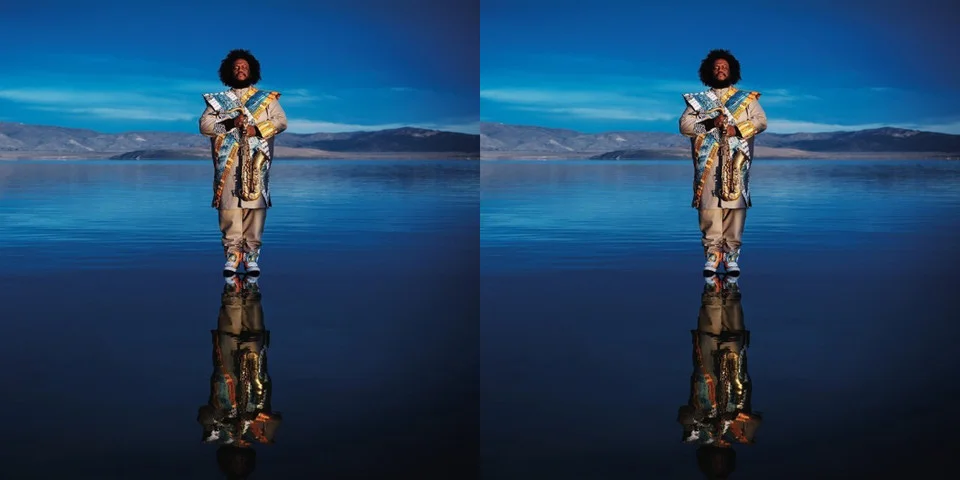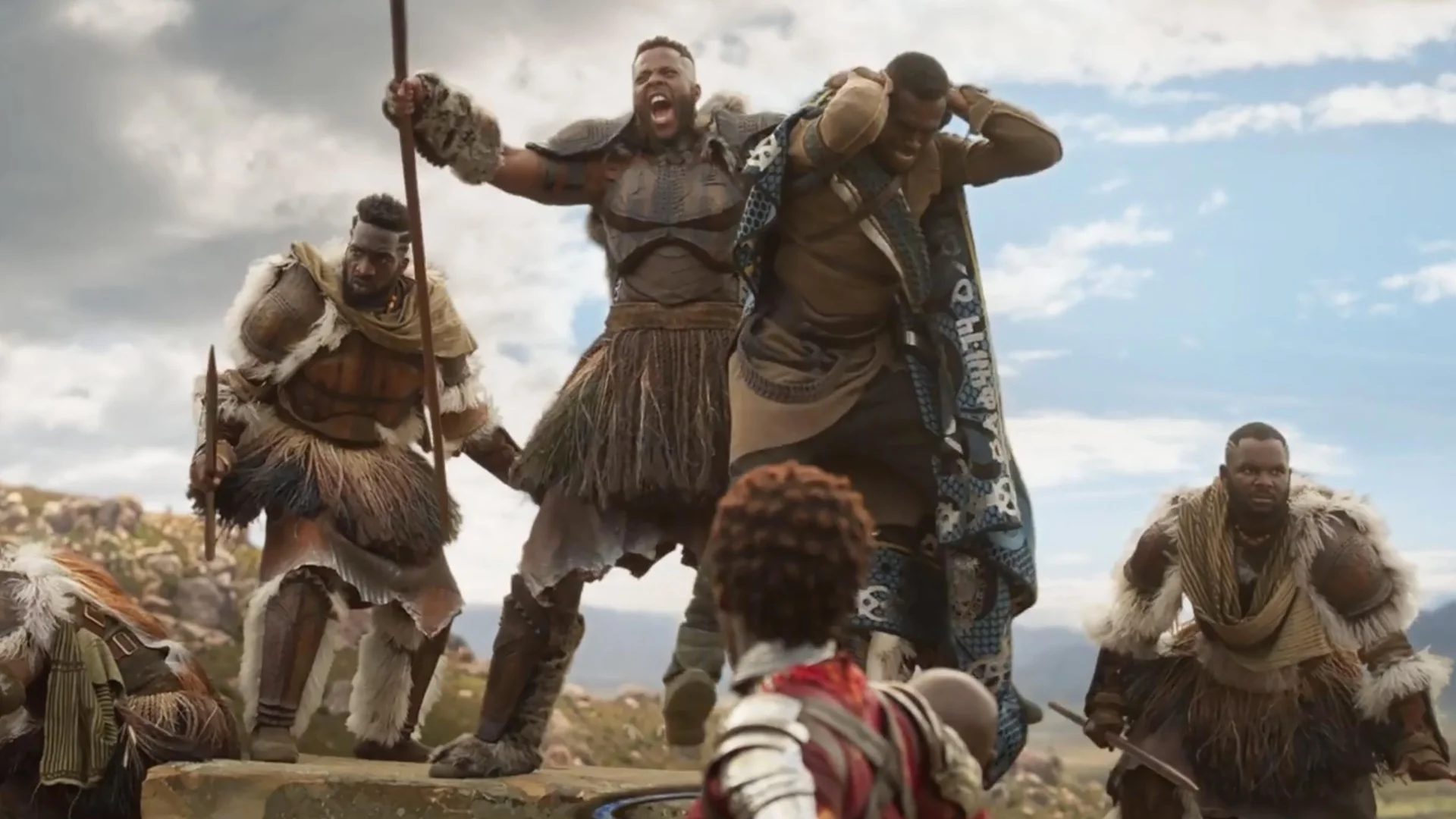Don’t fall for the myth that creativity thrives without boundaries.
I recently interviewed a candidate for a design role. I asked one of my go-to questions, which is how do you take on the task of working with a brand that already has an established identity.
His response was as solid as I could’ve hoped for: I think I’m most creative when I’m trying to work within a set of guidelines.
When you work creatively, there’s sometimes a false perception that you would be at your creative peak if you could only do work you had full control over. The dream would be to have some wealthy Renaissance family from Europe be patrons of your work, paying you lavishly to work freely without prompt or constraint.
While the steady income is enticing, I wouldn’t expect your best work to come out of that scenario.
I recently heard a podcast interview with a pretty hardcore choreographer who works with Cirque du Soleil. He mentioned somebody meeting him and saying with envy, “I wish I could make art without all these constraints the way you can!” The Cirque du Soleil guy laughed and said, “if you only knew the constraints we work under every day. But you know what? That’s when we’re at our best!”
When creative boundaries exist for the right reasons they can provide so much more direction and inspiration along the way.
It’s all a matter of perspective. They aren’t meant to restrict your creativity but to focus it in the most meaningful way.
A game without rules isn’t much of a game
When I think of how rules can inspire new levels of creativity, I think right away of Improv. Seeing actors craft a scene as they go shows what a creative brain firing on all cylinders might look like.
But just because a scene can go in any direction doesn’t mean that it should. Some of the most important parts of an improv scene are the rules- the shared understanding by the actors of how the scene must unfold, and the conversation with the audience just before the scene that determines what goes in it.
One way to think of creative work, improv theatre or otherwise, is to think of it as a game with an object and with rules. The goal, as always, is to make your audience do, think, or feel something. The rules determine how you’ll do that.
Without rules, creative work is like a board game without rules. You open up the box and find curious pieces and items, but you don’t quite have any idea of how to use them or what it takes to win.
The balance between your objective and your boundaries is what brings you creativity to life. Seeing a chef face the challenge of making any delicious meal is less interesting than seeing a chef face the challenge of making a meal that includes duck leg and pomegranate in under an hour.
Don’t get restless for a work environment where your creativity has no boundaries. One doesn’t really exist. If one does, it won’t be good for your creativity.
Every brand has rules. Make the most of yours.
Of course, it can be frustrating for a creative to have ideas shot down constantly or to feel like they have no creative input. These experiences are the ones that make us see greener pastures where there are fewer boundaries.
But every brand has boundaries. At least the ones that know what they’re doing. Pixar has 22 rules of storytelling anyone can easily look up online. The nonprofit organization The Freedom Story has a set of ethical storytelling principles it adheres to. Not only do these boundaries help everybody on those teams stay on brand, they’re so revered other people look them up to learn from.
So if you have been feeling limited by creative constraints lately, here’s how you can make the most of the ones right in front of you:
Understand why they exist. Brand guidelines aren’t chosen haphazardly. Lots of thought goes into them, but this thought isn’t always widely communicated. It’s a lot harder to appreciate creative guidelines when you don’t really know why they matter.
If you do find yourself disagreeing with the reason why one creative boundary exists, ask yourself if you are the right person to challenge it. You won’t always be, and there’s a time to simply work with what’s in front of you, but those conversations are how brands are built collaboratively. It’s the reason why the best ones are bigger than any one individual person.
Think of it as a challenge, a game, or something fun that reminds you that this process is meant to draw further creativity out of you. You’re no longer just staring at a full fridge wondering what to make for lunch. You’re on Chopped, and an octopus, dark chocolate, Andean corn, and merlot is what you have to work with.




![Jesús [1].JPG](https://images.squarespace-cdn.com/content/v1/5769e057b3db2b7deca538c1/1560900804137-UGZS15GN675U37YSDT6Q/Jesu%CC%81s+%5B1%5D.JPG)

![Interview with Abdul [1].JPG](https://images.squarespace-cdn.com/content/v1/5769e057b3db2b7deca538c1/1559945096014-4IB103A8R9241222ZSND/Interview+with+Abdul+%5B1%5D.JPG)
















![Icelandic Food [2].jpg](https://images.squarespace-cdn.com/content/v1/5769e057b3db2b7deca538c1/1547949945088-DOGGMXAYQJZOPXT21ODB/Icelandic+Food+%5B2%5D.jpg)


![A Week in Haiti [1].jpg](https://images.squarespace-cdn.com/content/v1/5769e057b3db2b7deca538c1/1547950137450-EW3VIZBN0LPUAI5M1ON0/A+Week+in+Haiti+%5B1%5D.jpg)

![Guisados [3].jpg](https://images.squarespace-cdn.com/content/v1/5769e057b3db2b7deca538c1/1547950303612-D60UIWBW2V6TOAB249MR/Guisados+%5B3%5D.jpg)


![Pici & Brunello [1].jpg](https://images.squarespace-cdn.com/content/v1/5769e057b3db2b7deca538c1/1547950557044-77HP0VQL01XVAR8D2FST/Pici+%26+Brunello+%5B1%5D.jpg)
![Plant With Purpose Pride [4].jpg](https://images.squarespace-cdn.com/content/v1/5769e057b3db2b7deca538c1/1546643446846-V5F0VHAABPF8G2YNF1CQ/Plant+With+Purpose+Pride+%5B4%5D.jpg)

![Planting Together [7].jpg](https://images.squarespace-cdn.com/content/v1/5769e057b3db2b7deca538c1/1546643685564-9PWO60GF2C7YIPB5K6WV/Planting+Together+%5B7%5D.jpg)
![Border Beach [2].JPG](https://images.squarespace-cdn.com/content/v1/5769e057b3db2b7deca538c1/1546643753424-SF4D0158AOK4EPCZ9P6J/Border+Beach+%5B2%5D.JPG)














![Play OK [1].JPG](https://images.squarespace-cdn.com/content/v1/5769e057b3db2b7deca538c1/1545362730257-EMCVCQXPRMHJ0RGWOJSP/Play+OK+%5B1%5D.JPG)
![Mount Volcan [1].jpg](https://images.squarespace-cdn.com/content/v1/5769e057b3db2b7deca538c1/1545362857889-DUHDBRJRUOA19GDLIEDT/Mount+Volcan+%5B1%5D.jpg)
![The Other Happiest Place [1].JPG](https://images.squarespace-cdn.com/content/v1/5769e057b3db2b7deca538c1/1545362989162-6GW26BTSC6PBVUIX0I21/The+Other+Happiest+Place+%5B1%5D.JPG)
![West Coast Theatre [1].JPG](https://images.squarespace-cdn.com/content/v1/5769e057b3db2b7deca538c1/1545363069347-6FIJ95L6MED5AQ3VAO9R/West+Coast+Theatre+%5B1%5D.JPG)

![Posada Sin Fronteras [4].JPG](https://images.squarespace-cdn.com/content/v1/5769e057b3db2b7deca538c1/1545363210884-SD98EC2P3X0MSFWYI2AG/Posada+Sin+Fronteras+%5B4%5D.JPG)

![Hot River Hike [1].jpg](https://images.squarespace-cdn.com/content/v1/5769e057b3db2b7deca538c1/1545363371610-4756CU3CC7ERU123NBWY/Hot+River+Hike+%5B1%5D.jpg)
































